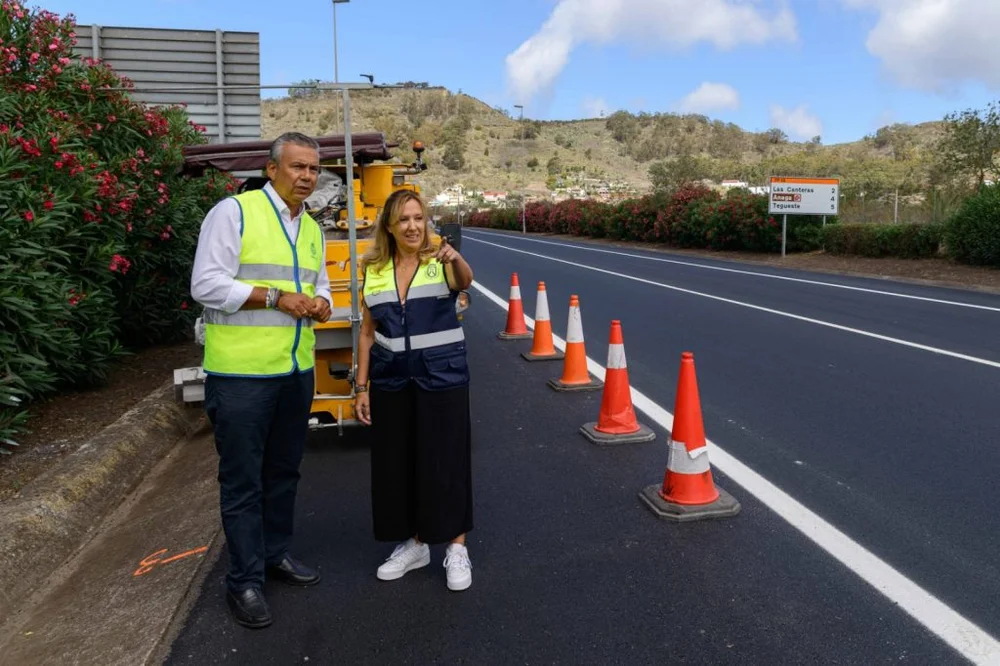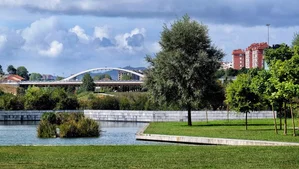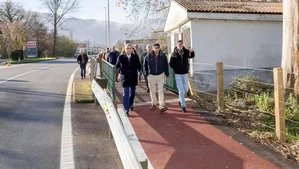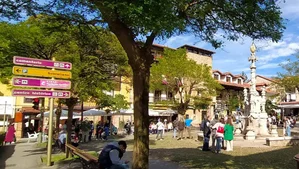Tenerife Embarks on Major Road Infrastructure Projects to Enhance Mobility and Safety

In a significant move to improve mobility and safety, the Tenerife Council has outlined an ambitious plan to invest heavily in the island's road infrastructure. This initiative, aimed at addressing the more than 3 million daily journeys, is part of a broader strategy to modernize and enhance the road network across the island.
Extensive Road Rehabilitation
The Department of Highways of the Tenerife Council has announced plans to undertake improvement works on over 600 kilometers of roads, out of a total of 1,558 kilometers of connecting routes. This extensive project includes the rehabilitation of crucial signage, such as yield signs, lane markings, direction arrows, and crossing markings, which have shown significant wear over time. These updates are vital for guiding and alerting drivers, particularly at night when visibility is reduced, thereby heightening the risk of accidents[2].
Night-Time Operations and Multiple Road Segments
To minimize disruption to traffic, the roadworks will be conducted during night-time hours, between 10:00 PM and 6:00 AM. Key roads slated for these operations include TF-111 (Valle Jiménez and Valle Tabares), TF-180 (Santa Cruz-La Laguna), TF-165 (Tacoronte), and several other critical routes. The focus will also be on resurfacing roadways, improving drainage systems, and installing beacons and road safety barriers. Additionally, stabilisation works on slopes and embankments will be executed on several island-wide significant roads[2].
Budget and Scope
The investment for these projects exceeds €30 million, with a specific allocation of €1 million for signage rehabilitation. The Tenerife Council is also inviting tenders for 36 projects aimed at enhancing road safety and rehabilitation, with a budget of €700,000. These initiatives are part of a larger effort to address the poor condition of many road segments and to mitigate public safety risks associated with deteriorated roads[2].
Regional Impact
The municipalities in southern Tenerife are also contributing to this infrastructure overhaul. For instance, Granadilla de Abona is investing in sustainable mobility and accessibility projects, including the tender for the El Médano cycle lane with a budget of €1.7 million and the Accessibility Plan to link El Médano with Los Abrigos, which has an initial investment of over half a million euros[1].
In addition, other municipalities like Adeje are undertaking significant projects, such as the comprehensive renovation of the cultural centre with a budget of €4 million, and the renovation of the nursery school financed through European funds at a total cost of €2 million[1].
Community Benefits
These infrastructure improvements are expected to significantly enhance the quality of life for residents and visitors alike. The modernization of public spaces, such as the repair of the wooden walkway in El Médano and the completion of the water supply network in Los Abrigos, will contribute to a more comfortable and safe living environment. Moreover, the construction of new car parks, like the modular car park in El Médano, will alleviate parking shortages and improve mobility along the coast[1].
Future Outlook
As Tenerife continues to grow in popularity as a travel destination, with the Canary Islands being highlighted as a top destination for 2025 due to their luxury, natural beauty, and vibrant culture, these infrastructure investments are timely and crucial. The improvements will not only support the increasing number of tourists but also ensure that the island's infrastructure is capable of handling the demands of both residents and visitors[3].
In summary, Tenerife's commitment to enhancing its road infrastructure and public services is a significant step towards creating a safer, more accessible, and more sustainable environment for everyone on the island.
Related Stories

Santander to Invest €77 Million in Neighborhood Renewal for 2025
Santander announces a €77 million investment for neighborhood renewal in 2025, aiming to enhance livability through infrastructure and public space improvements.

Ruesga and Ason Municipalities Collaborate on Partial Reform of Casa Consistorial
Ruesga and Ason municipalities unite to revitalize the historic Casa Consistorial, blending heritage preservation with modern needs for the community.

Renovation and Consolidation of Metallic Elements in Santander’s Llamas Area Underway
Santander launches a tender for the renovation of metallic structures in the Llamas area, aiming to enhance safety and aesthetics amid coastal challenges.

New Pedestrian Pathway Inaugurated in Badames and San Pantaleón, Trasmiera
Trasmiera celebrates the opening of a new pedestrian pathway in Badames and San Pantaleón, enhancing local life and boosting tourism.

New Campaign to Enhance Pedestrian Safety in Saja and Besaya Regions Set to Launch in January
Saja and Besaya regions in Cantabria, Spain, to launch a pedestrian safety campaign in January 2025, focusing on public awareness, education, and infrastructure improvements.